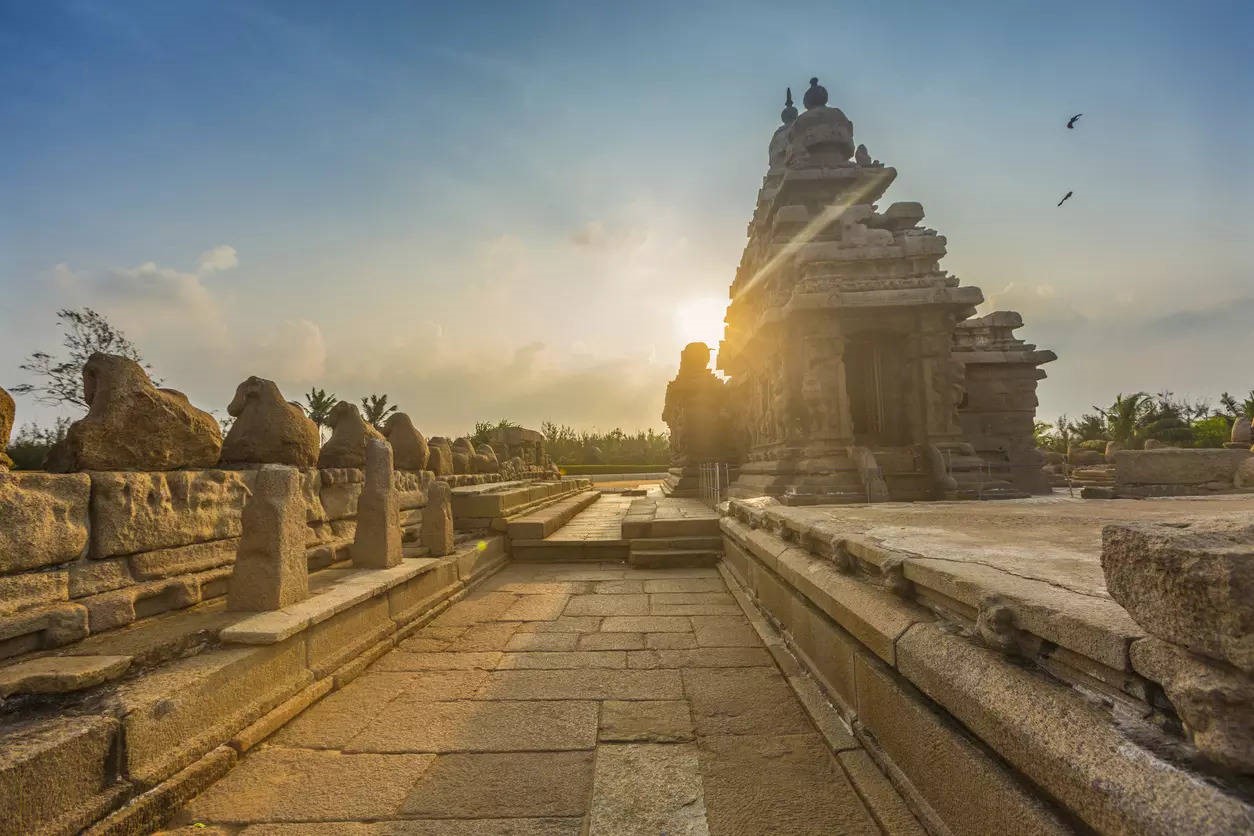Free Courses Sale ends Soon, Get It Now


Free Courses Sale ends Soon, Get It Now



Disclaimer: Copyright infringement not intended.
Context
Details
About the temple
The Shore Temple is a magnificent and historically significant temple located in Mahabalipuram, a coastal town in the southern Indian state of Tamil Nadu. This temple is a UNESCO World Heritage Site and is considered one of the finest examples of ancient Dravidian architecture.
Historical Background:
Architectural Features:
Significance and Cultural Impact:
Conclusion
Green Heritage Project's success at the Shore Temple in Mamallapuram represents a significant step toward the sustainable preservation of India's rich cultural heritage. It demonstrates the positive impact that innovative green initiatives can have on historical sites and the surrounding communities, while also contributing to broader efforts to reduce carbon emissions and protect the environment.
|
PRACTICE QUESTION Q. Which of the following architectural features are associated with the Shore Temple?
Options: A) 1 and 2 B) 2 and 3 C) 1 and 3 D) 1, 2, and 3 Answer: C |
© 2024 iasgyan. All right reserved